Recent Blog Posts
The Surprising Benefits: Keeping Your Vehicle Lease Under Chapter 7
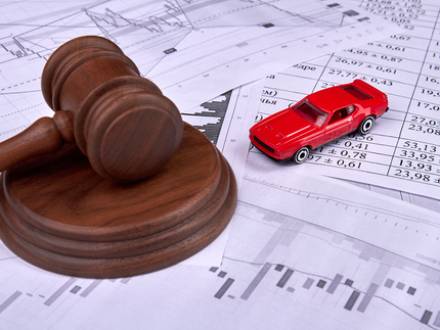 When financial hardship strikes and bankruptcy becomes necessary, many people assume they will lose everything they currently have, including their leased vehicle. However, Chapter 7 bankruptcy law contains provisions that might surprise you. Assuming you successfully finish the bankruptcy case, you will forever discharge (legally write off) any unsecured debt you would otherwise owe.
When financial hardship strikes and bankruptcy becomes necessary, many people assume they will lose everything they currently have, including their leased vehicle. However, Chapter 7 bankruptcy law contains provisions that might surprise you. Assuming you successfully finish the bankruptcy case, you will forever discharge (legally write off) any unsecured debt you would otherwise owe.
In many cases, you can also keep your vehicle lease and continue driving the same car you had before filing. Depending on your circumstances, you can do this by "assuming" the lease in a Chapter 7 case. Understanding these options can make a significant difference in maintaining stability during an already challenging time. An experienced New Braunfels, TX Chapter 7 bankruptcy attorney can help you keep your car lease in Chapter 7.
How Does Chapter 7 Bankruptcy Treat Vehicle Leases?
Chapter 7 bankruptcy, often called liquidation bankruptcy, eliminates most unsecured debts like credit cards and medical bills. When it comes to secured debts and contracts like vehicle leases, the situation becomes more complex. A vehicle lease is essentially a contract whereby you pay monthly payments to use a car for a specified period. Unlike ownership, you do not build equity in the vehicle, but you also have different options when facing bankruptcy.
The Surprising Benefits: Rejecting Your Vehicle Lease under Chapter 7
Getting out of a vehicle lease in a Chapter 7 case requires simply that you formally state that you “reject” it. Then you owe nothing more.
Last week we showed how a vehicle lease can be unexpectedly expensive, and that you can escape through Chapter 7. Today we show you how.
The Option of “Rejecting” the Lease
When you file bankruptcy you get to choose whether or not to keep your leased vehicle. Specifically you choose to either “assume” or “reject” the lease. Assuming the lease means keeping the vehicle and continuing to be legally bound by all the terms of the lease. Rejecting the lease means letting the vehicle go. This allows you to “discharge”—forever write off—all of your financial obligations on the lease. (See Section 365 of the Bankruptcy Code generally about the assumption and rejection of unexpired leases. Warning: it’s very complicated and confusing!)
Which Bankruptcy Option Eliminates All Debt?
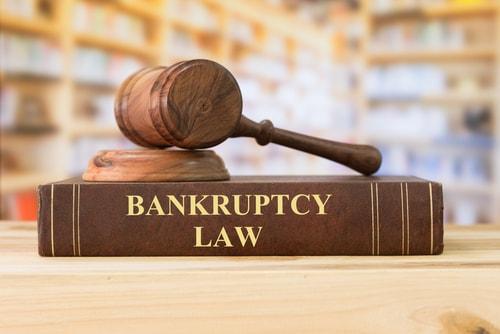 One enticing benefit to filing for bankruptcy is the ability to discharge debts, enabling a fresh financial start. The United States bankruptcy code was created to allow honest debtors to free themselves from insurmountable debt; however there are various limitations. Unfortunately, these limitations restrict which debts become eliminated, reduced, or remain the same. Therefore, regardless of whether you file for Chapter 7 or Chapter 13 bankruptcy, some outstanding debts are untouchable.
One enticing benefit to filing for bankruptcy is the ability to discharge debts, enabling a fresh financial start. The United States bankruptcy code was created to allow honest debtors to free themselves from insurmountable debt; however there are various limitations. Unfortunately, these limitations restrict which debts become eliminated, reduced, or remain the same. Therefore, regardless of whether you file for Chapter 7 or Chapter 13 bankruptcy, some outstanding debts are untouchable.
Which Debts Are Eliminated?
Which debts discharge relies heavily on the type of bankruptcy filed by the consumer. Chapter 13 bankruptcy does not eliminate any debt initially, yet restructures the current sums into an affordable repayment plan. This repayment plan typically lasts three to five years, at the end of which any eligible debts are discharged. When you file for Chapter 7 bankruptcy, any unsecured loans become eliminated immediately. In some instances, unsecured debts make up all of the financial burdens. These debts include:
Can You File Bankruptcy Without Your Spouse?
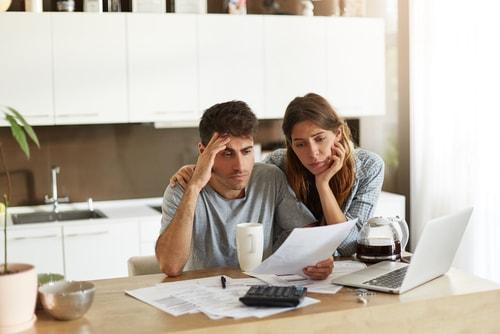 Many people mistakenly believe that if you are married and filing for bankruptcy, you must do so jointly. You have several options after determining that bankruptcy is the right choice. If you are unmarried, you will file independently. If you are married, you may file jointly or as an individual. Both spouses may also choose to file bankruptcy separately, at the same time. Strategically, one option may suit your situation better than the others, depending mainly on location, debts, and assets.
Many people mistakenly believe that if you are married and filing for bankruptcy, you must do so jointly. You have several options after determining that bankruptcy is the right choice. If you are unmarried, you will file independently. If you are married, you may file jointly or as an individual. Both spouses may also choose to file bankruptcy separately, at the same time. Strategically, one option may suit your situation better than the others, depending mainly on location, debts, and assets.
Texas and the Other Community Property States
Texas, along with nine other states, is a community property state. Meaning, any assets or property acquired during marriage belongs equally to both spouses, even if only one spouse’s name is on the contract. The assumption is that all decisions are made together, rather than individually, and both parties are contributing their fair share. Any items owned before the marriage are excluded from the community property, as are any items inherited or given only to one spouse after the union began; this is separate property.
How to Get Back a Repossessed Vehicle
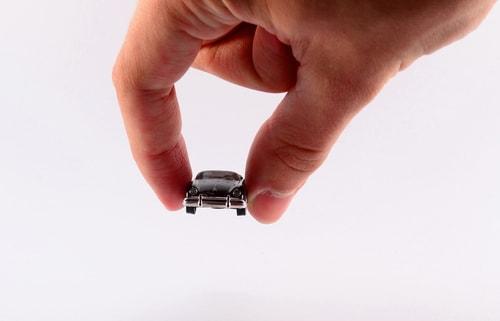 In the United States, 170 million consumers depend on a vehicle for daily activities. From trips to the grocery store to a daily commute to work, Americans rely heavily on having independent transportation. Unfortunately, when financial hardship strikes, lenders are quick to repossess their vehicles, even if payments are only one month behind, in some cases. The next part of ur “Surprising Benefits” series explains how filing for bankruptcy can stop a repossession from occurring or even return a repossessed car back to your possession.
In the United States, 170 million consumers depend on a vehicle for daily activities. From trips to the grocery store to a daily commute to work, Americans rely heavily on having independent transportation. Unfortunately, when financial hardship strikes, lenders are quick to repossess their vehicles, even if payments are only one month behind, in some cases. The next part of ur “Surprising Benefits” series explains how filing for bankruptcy can stop a repossession from occurring or even return a repossessed car back to your possession.
If It Is Still in Your Possession
In the state of Texas, repo agents do not need to notify you before taking your vehicle. Realistically, if your payment is in default, even just by a short time, a repossession agency may already be looking for your car, truck, motorcycle, RV, or any other vehicle burdened with a loan. Filing for bankruptcy may be a viable solution to your situation. Bankruptcy places an “automatic stay” is on all collection attempts for all loans, including your vehicle. For many Americans, this stay is enough to catch up on payments, without including it in the bankruptcy process.
Choosing Between Bankruptcy and Foreclosure
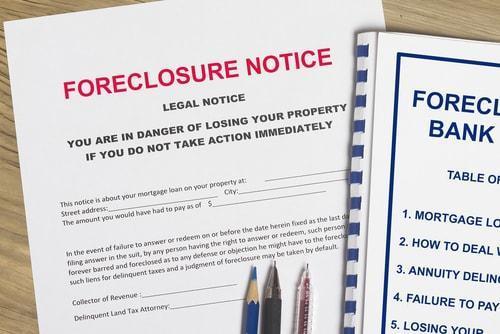 The decision between filing for bankruptcy or foreclosing on your home is stressful. Neither is optimal when it comes to the immediate financial impact to your credit score, however, neither are late payments. Bankruptcy stays on your credit report for 10 years, while foreclosure typically rolls off in seven years. But, before you give in to losing your home, there are a few details worth considering.
The decision between filing for bankruptcy or foreclosing on your home is stressful. Neither is optimal when it comes to the immediate financial impact to your credit score, however, neither are late payments. Bankruptcy stays on your credit report for 10 years, while foreclosure typically rolls off in seven years. But, before you give in to losing your home, there are a few details worth considering.
Saving the Home
First, you must decide if you want to save the home. If you are behind by a month or two, contact your lender. The foreclosure process is expensive for banks. In many cases, your lender will work with you. Options to consider include:
- Make up the late payments;
- Restructure the loan; or
- Request a forbearance.
The Foreclosure Option
First, consider that foreclosure is very serious to future mortgage lenders, more than a bankruptcy that did not include the house. Additionally, foreclosure will drop your credit score by 200 or 300 points. Discuss the option of a short sale instead of foreclosure with your lender. With this option, the house is worth less than the principal balance of the loan, in which case, you may owe the remaining balance. In many situations, banks waive this difference. If a short sale is not an option, some banks accept “deed in lieu of foreclosure,” where you turn the house over to the lender and owe nothing. Explore these opportunities with your lender
The Surprising Benefits: Resolving the "Preference" Problem through Negotiation
Prevent your Chapter 7 trustee from requiring a relative or friend to return your pre-bankruptcy payment by paying the trustee yourself.
Our blog post two weeks ago introduced an uncomfortable problem: preference payments to a friendly creditor. (Please read that blog post before reading this one.) Then last week we discussed two possible solutions to this problem. Today we discuss the first of two other solutions.
The First Two Solutions
One way to avoid this problem is simply to wait long enough so that enough time passes from the time of your payment to your favored creditor to the time you file your Chapter 7 bankruptcy case. That’s because a payment is considered preferential only if you paid it within a specific time period before your bankruptcy filing. That time period is only 90 days, or one year if the payment was to an “insider.” If you file your case after the pertinent time period has passed, the payment is no longer a preference. You’ve avoided the problem altogether.
Reclaiming Your Texas Driver’s License through Bankruptcy
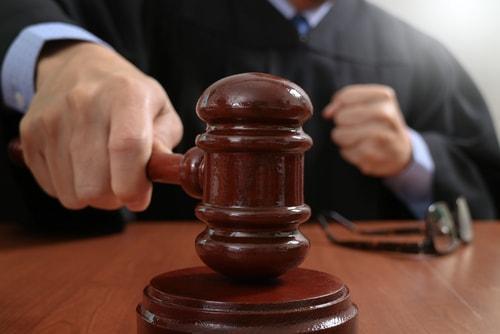 Creditors can take the issue of unresolved debt to court and have a judge issue a judgment against the debtor. In most states, judgments do not severely impact the life of a debtor thanks to existing exemptions that protect against losing homes and other possessions. However, in Texas, an unpaid judgement authorizes loss of driving privileges by suspending a driver’s license. The suspension goes on often indefinitely until there is a proof of repayment, or until the issuance of an automatic stay. Such a blow to one’s independence can wreak havoc on any life. Fortunately, reclaiming your license is one of the many surprising benefits of filing for bankruptcy.
Creditors can take the issue of unresolved debt to court and have a judge issue a judgment against the debtor. In most states, judgments do not severely impact the life of a debtor thanks to existing exemptions that protect against losing homes and other possessions. However, in Texas, an unpaid judgement authorizes loss of driving privileges by suspending a driver’s license. The suspension goes on often indefinitely until there is a proof of repayment, or until the issuance of an automatic stay. Such a blow to one’s independence can wreak havoc on any life. Fortunately, reclaiming your license is one of the many surprising benefits of filing for bankruptcy.
How The Loss of Driving Privileges Turns Into A Catastrophe
Although for some the loss of legal driving privileges is a slight inconvenience, the set back is devastating for many others. Having driving abilities is not just about getting to work on time, it is also family availability and other daily life requirements. Furthermore, many employers require a valid driver’s license to maintain employment, such as in positions requiring travel. The next steps are up to the employer. Sometimes, an employer can choose to relocate an employee to an area that does not necessitate a license (or the handling of money, since financial instability creates a liability for many business operations). If termination of employment is the ultimate decision, the loss of income may affect the following payments:
The Surprising Benefits: A "Preference" Payment to a Relative or Friend
A preferential payment to a favored creditor—a relative or friend—can be a problem, but one which usually has a workable solution.
Our last two blog posts have been about one of the more confusing parts of bankruptcy: the law of preferences. This law says that if a creditor takes or receives money from you within the 90 days before you file your bankruptcy case, the creditor may need to pay it back. A creditor would not pay that money to you but rather to your Chapter 7 bankruptcy trustee. The trustee would then pay out that money to creditors based on a priorities schedule in bankruptcy law.
Our last blog post was about how that priority schedule could result in most of that money going to a creditor you need and want to be paid. One example we used was a recent income tax debt. That can’t be discharged (written off) in bankruptcy. So preference law could result in the trustee getting some money back from a creditor you don’t care about to pay the tax debt so you don’t have to.
The Surprising Benefits: Use "Preference" Money to Pay a Favored Debt
When a creditor is forced to pay back recently received money through “preference” law, that money can go to pay a debt you want to be paid.
Last week we introduced the law of preferences. This law says that if a creditor takes or receives money from you within the 90 days before you file your bankruptcy case, the creditor may need to pay it back. There are some complicated conditions that may apply, but in many situations the creditor does need to pay it back. See Section 547 of the Bankruptcy Code.
We ended last week by asking where this returned money goes. What good does it do you if that money just goes to your Chapter 7 trustee? After all, this liquidating trustee’s job is to distribute that money among all your other creditors. So how does that help you?






